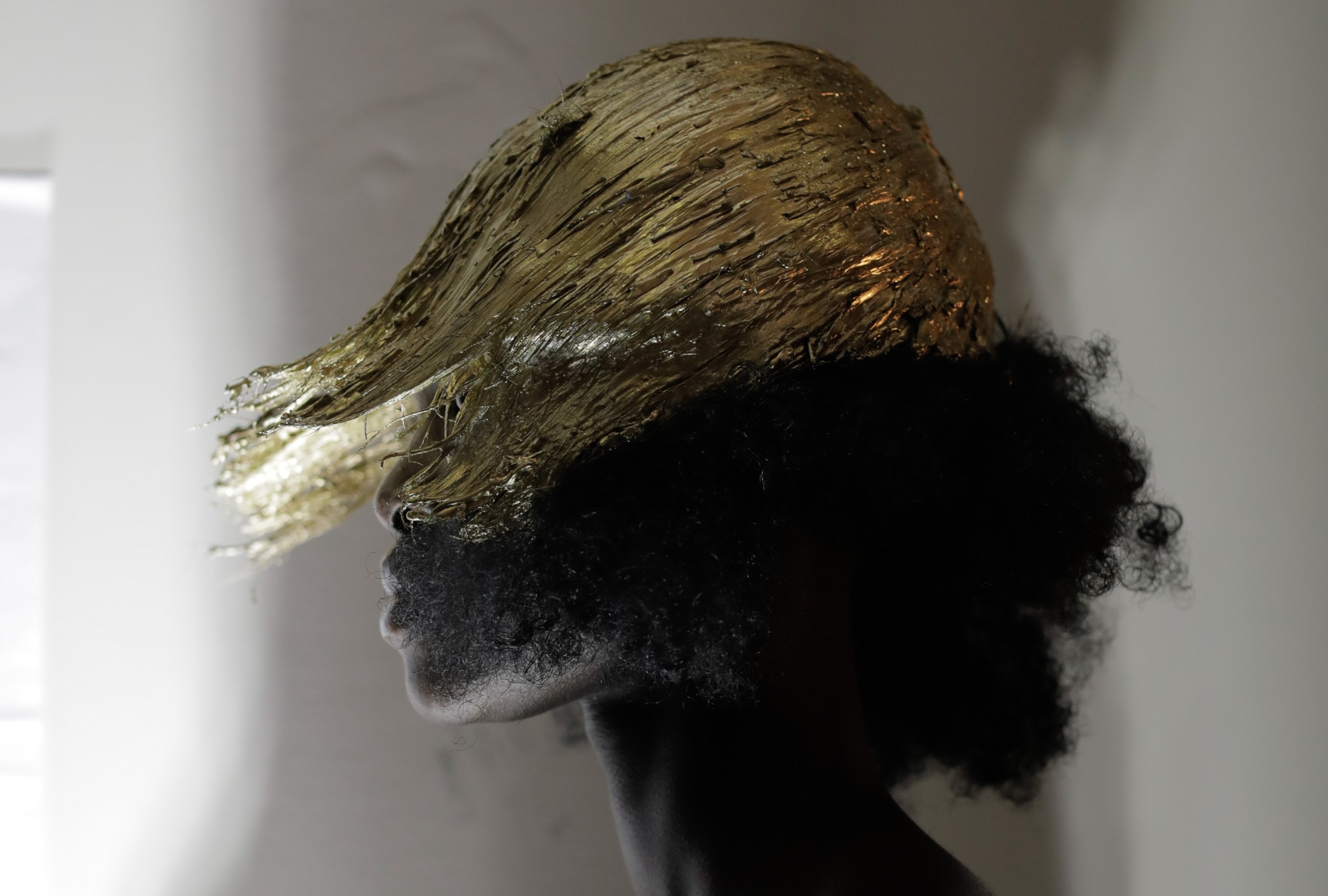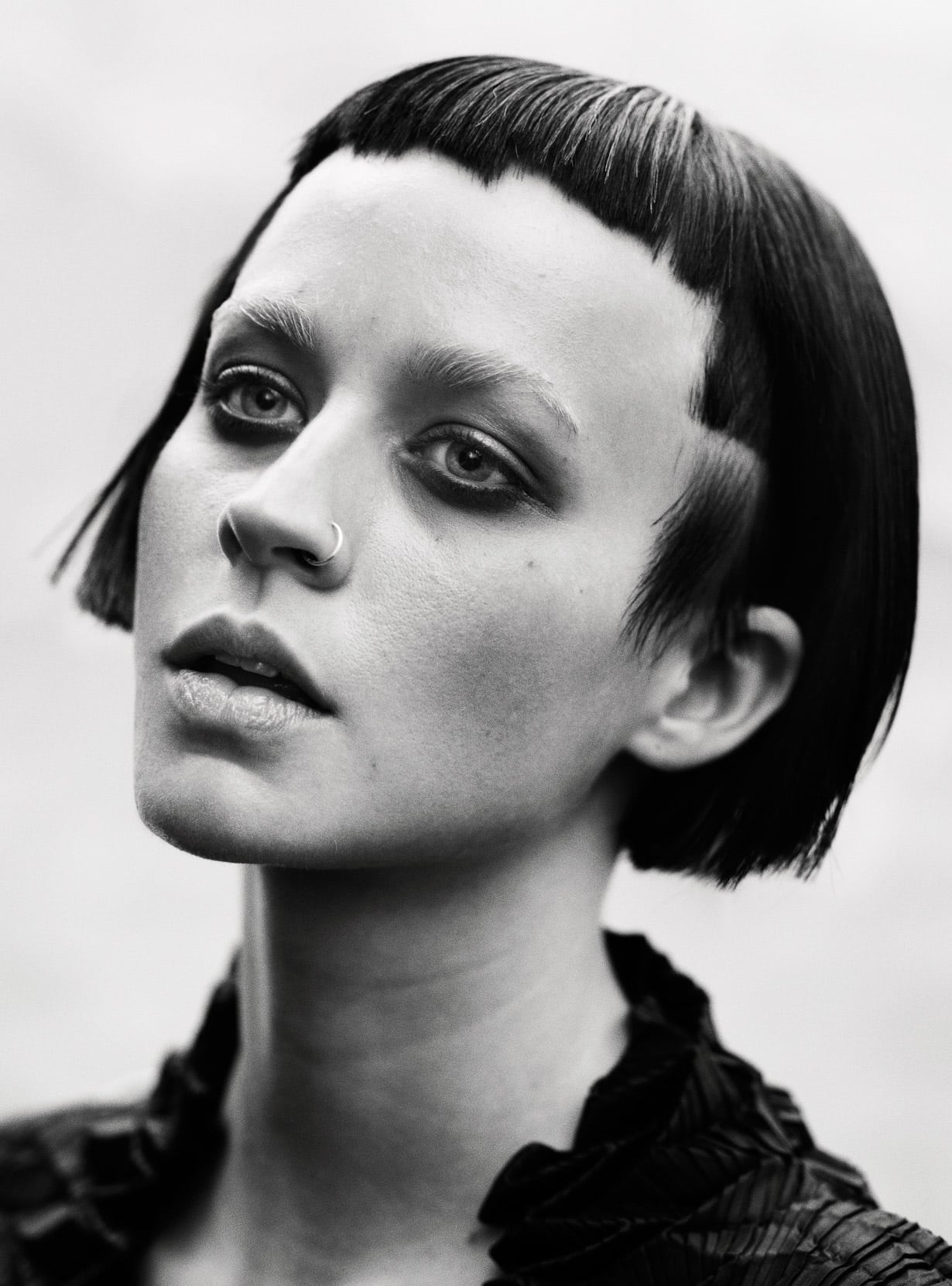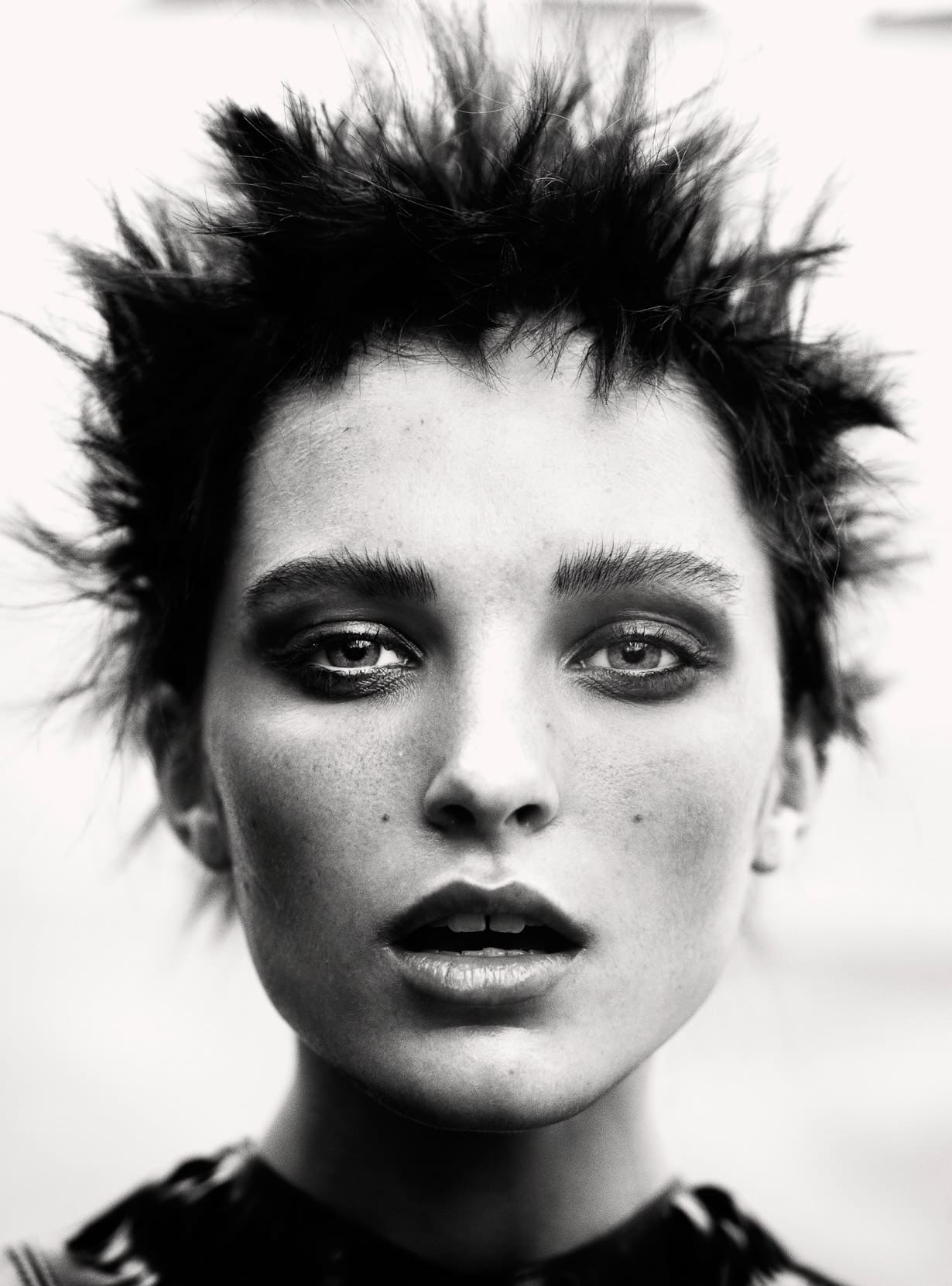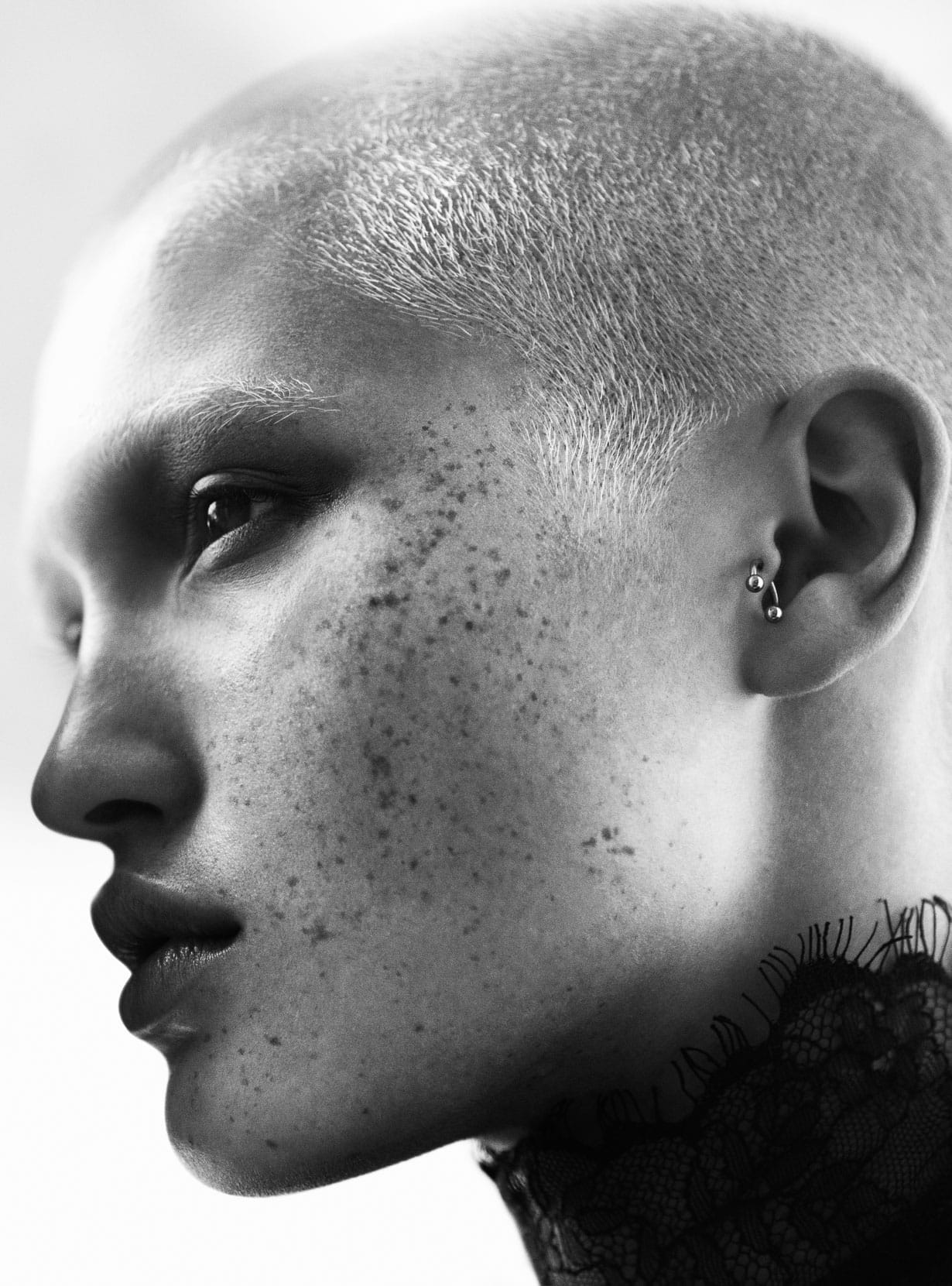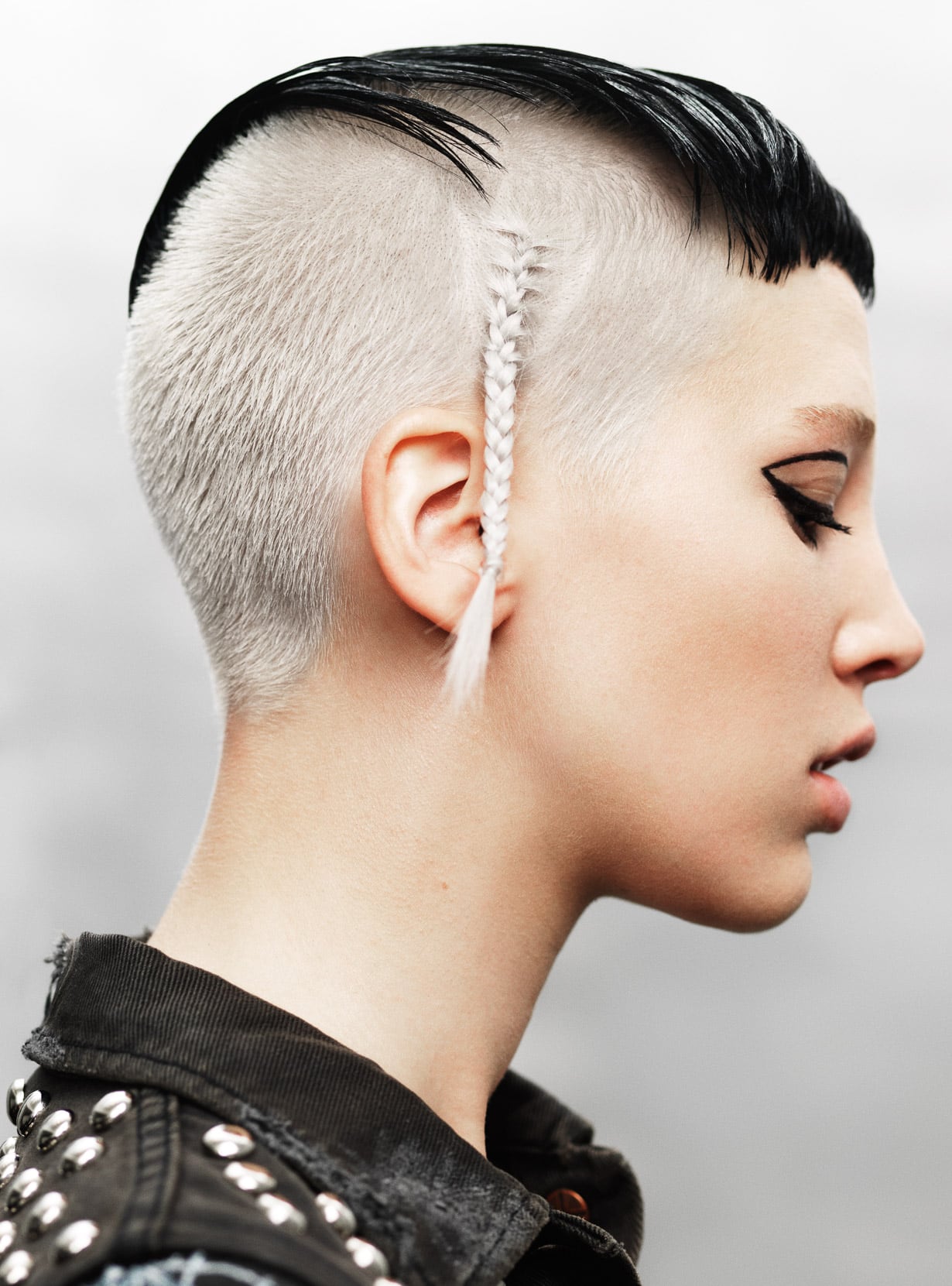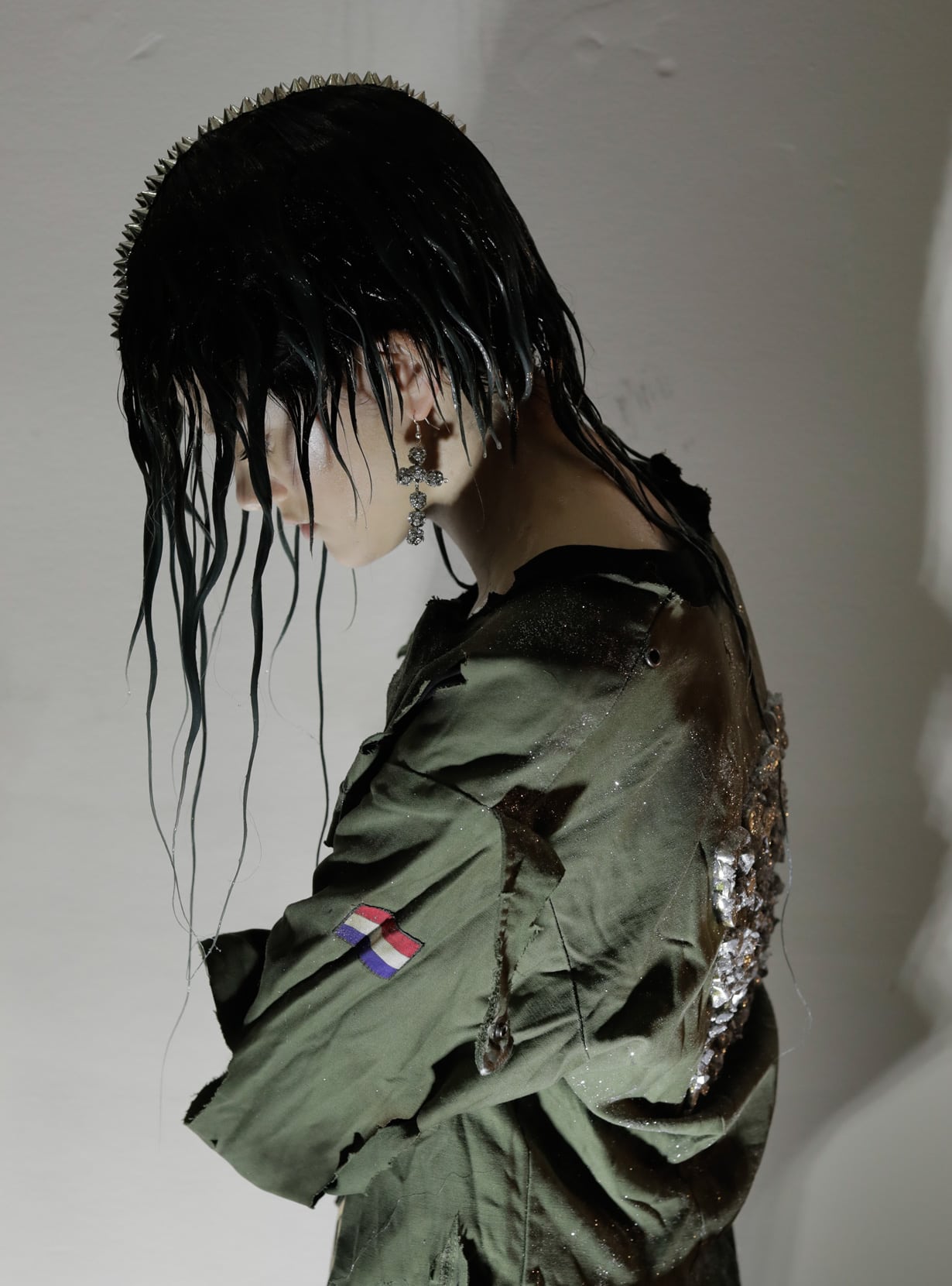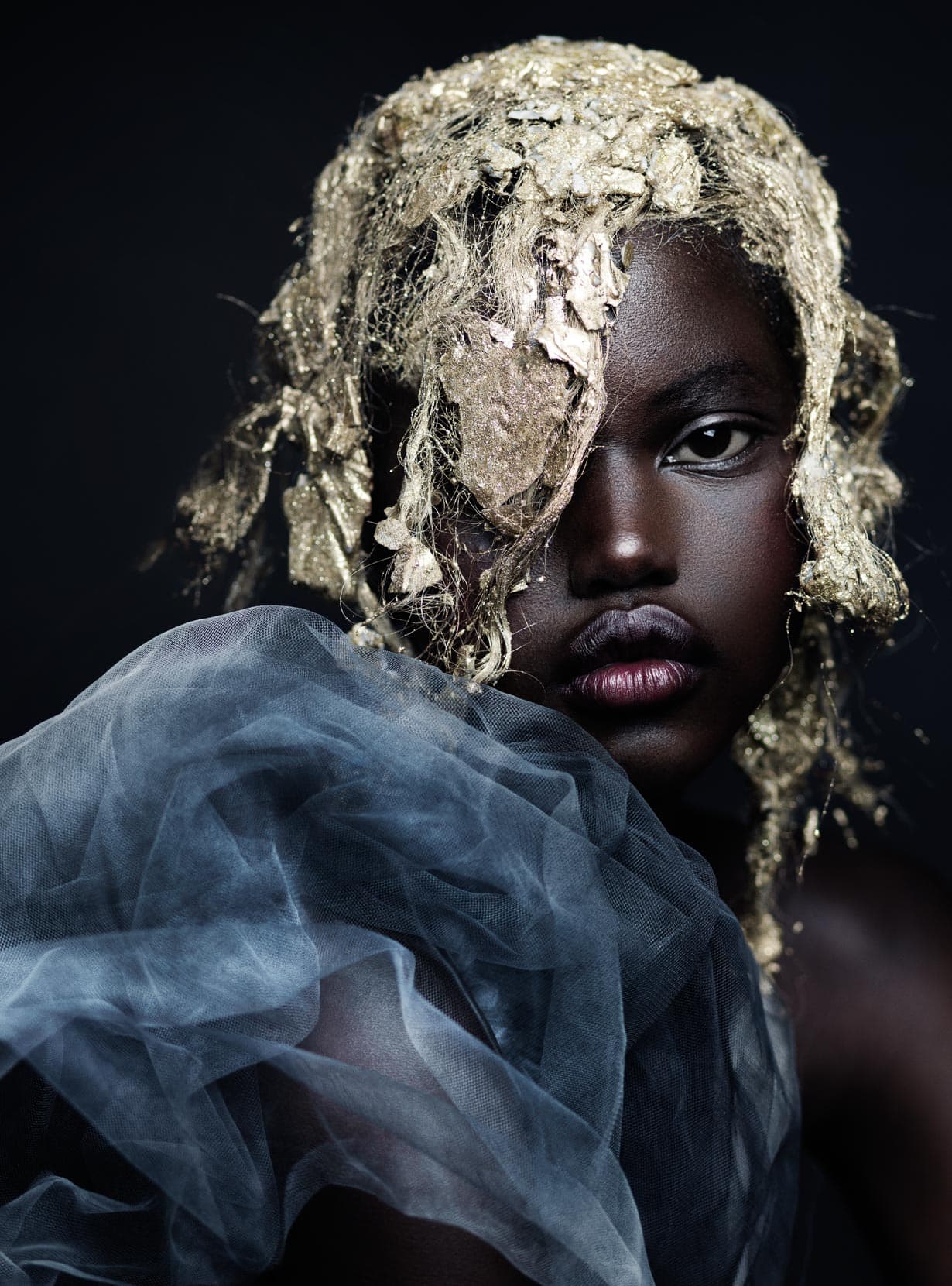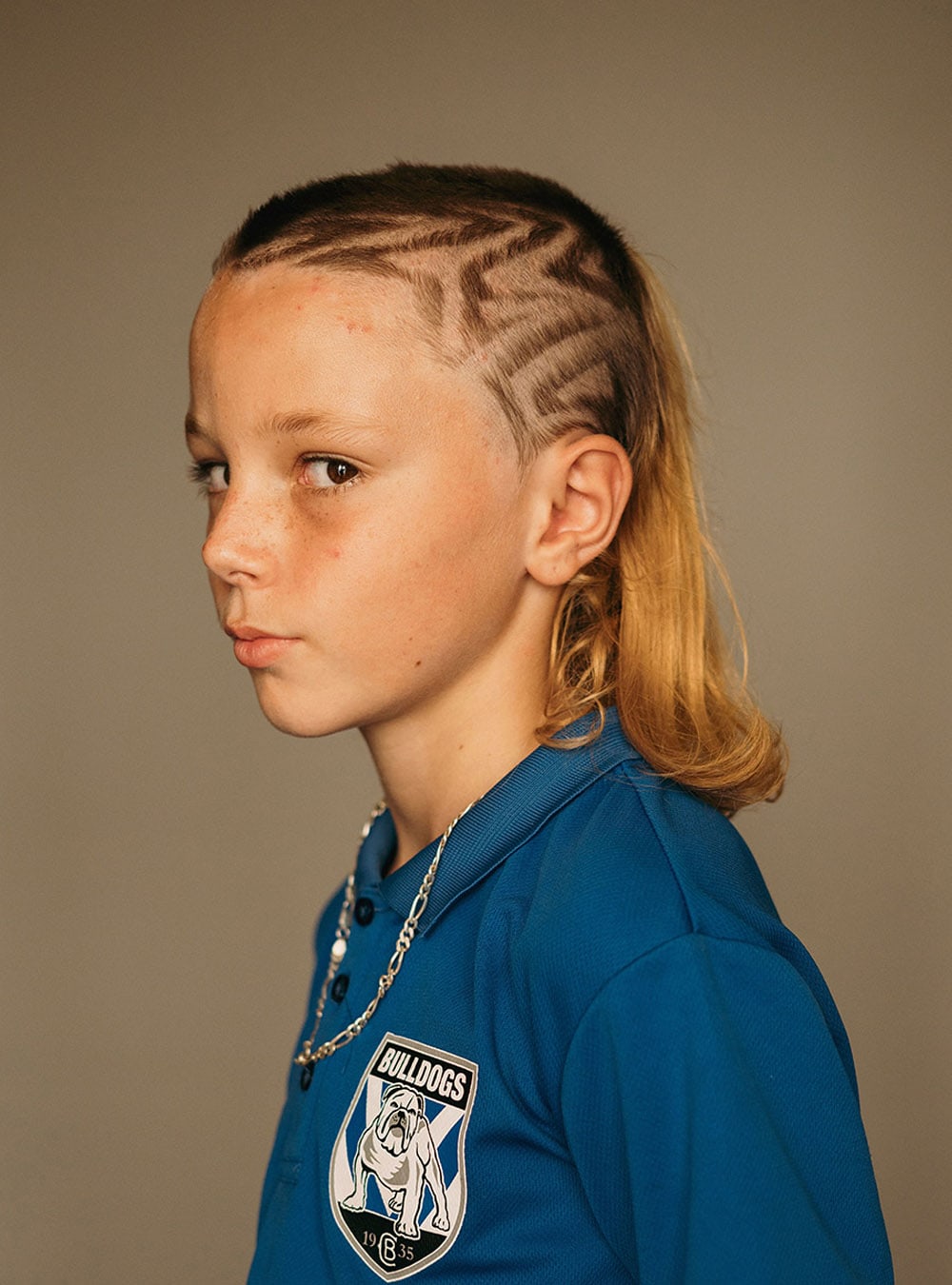PEOPLE: A leading figure in Australia’s hairdressing industry, Frank Apostolopoulos shares his inspirations
Images: Elizabeth Kinnaird, Andrew O’Toole, David Mannah
Interview: Emma de Clercq
Special Thanks Frank Apostolopoulos
One of Australia’s most influential hair creatives, Frank Apostolopoulos has been awarded the title of Australian Hairdresser of the Year a monumental 5 times. The Melbourne-based hairdresser and creative director of Australia’s Biba salon group is known for his inventive and arresting hair imagery, which has seen him rise through the ranks to become one of Australia’s leading figures in hairdressing. Apostolopoulos has had a lifelong link to Biba, which boasts 15 salons and 2 academies. “I always got my hair done there as a little kid,” he says, “when I was 15 I thought I might try hairdressing because I loved the vibe and atmosphere at the salon where I got my hair cut. Also, I thought it would be the best opportunity to be surrounded by girls! But the minute I started my apprenticeship, my seniors and mentors got me really excited about hairdressing. I became completely obsessed.” Apostolopoulos spoke to INFRINGE about making his mark on the industry.
Your hair shoots are incredibly varied in terms of style and themes. Is this something you consciously try to push? I’m such a commercial hairdresser in the salon – I’m always very cautious and careful to make my clients happy. But when it comes down to my photoshoots I love exploring deep, dark themes, experimenting with new textures… I guess it’s the beast in me that comes out to play! My team and I try to push it to the extreme.
Do you have a signature approach to hair? I love hair that’s easy to wear and has structure, freedom and brings out the personality of the individual. None of my clients walk out with a big blow wave because I always want them to feel that they can achieve it themselves fuss free.
Which element of your work do you enjoy the most? I really love the trust. My biggest aim is for my clients to walk out of the salon looking even more beautiful than when they walked in. It’s not about carving out shapes to satisfy my creative needs, but about giving them a look that they can’t get enough of for the next 6 to 8 weeks.
And which element is the most challenging? The most challenging is probably the expectation right now. Perhaps it’s the awards, perhaps it’s the reputation that comes with it. Obviously there’s pressure to perform, but luckily enough I feel that I can keep things simple when I’m in the salon.
What’s your favourite hair era? It would be the time I started out, in the early 90s. The girls were brave and it felt like at that point they all came in with long hair and wanted it cut off. It was the most exciting time of my hairdressing and my learning.
What has been your most unlikely source of inspiration to date? I woke up one morning in a hotel room and the TV was still on from the night before. I noticed an angry news reader with an ugly, greasy fringe and I thought I could turn this ugliness into a really cool shoot.
“I think the most important thing is to have an open mind and accept that there might be better ways of doing something than what you already know”
What has been your most memorable career moment so far? When I was 15 years old, Trevor Sorbie was in Melbourne for a shoot. I was the coffee boy running around organising stuff and plugging in extension cords. At that point I was too naive to really appreciate who I was surrounded by. 20 years on, Trevor Sorbie presented and handed me my first Australian Hairdresser of the Year award. Obviously by that stage I truly knew what a legend he was and what an honour it was to have one of the greatest hairdressers of our lifetime present me an award – I was floored.
What has been the most valuable lesson you have learnt along the way? I guess understanding and learning about suitability, and without a doubt learning proper cutting techniques. I think the most important thing is to have an open mind and accept that there might be better ways of doing something than what you already know.
- ANTHROPOLOGY OF HAIR
- ANTHROPOLOGY OF HAIR
- ANTHROPOLOGY OF HAIR
- ANTHROPOLOGY OF HAIR
- ANTHROPOLOGY OF HAIR
